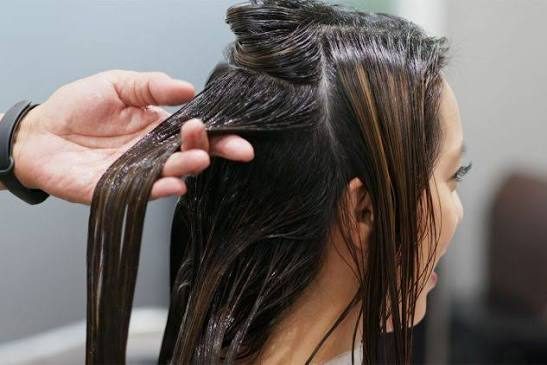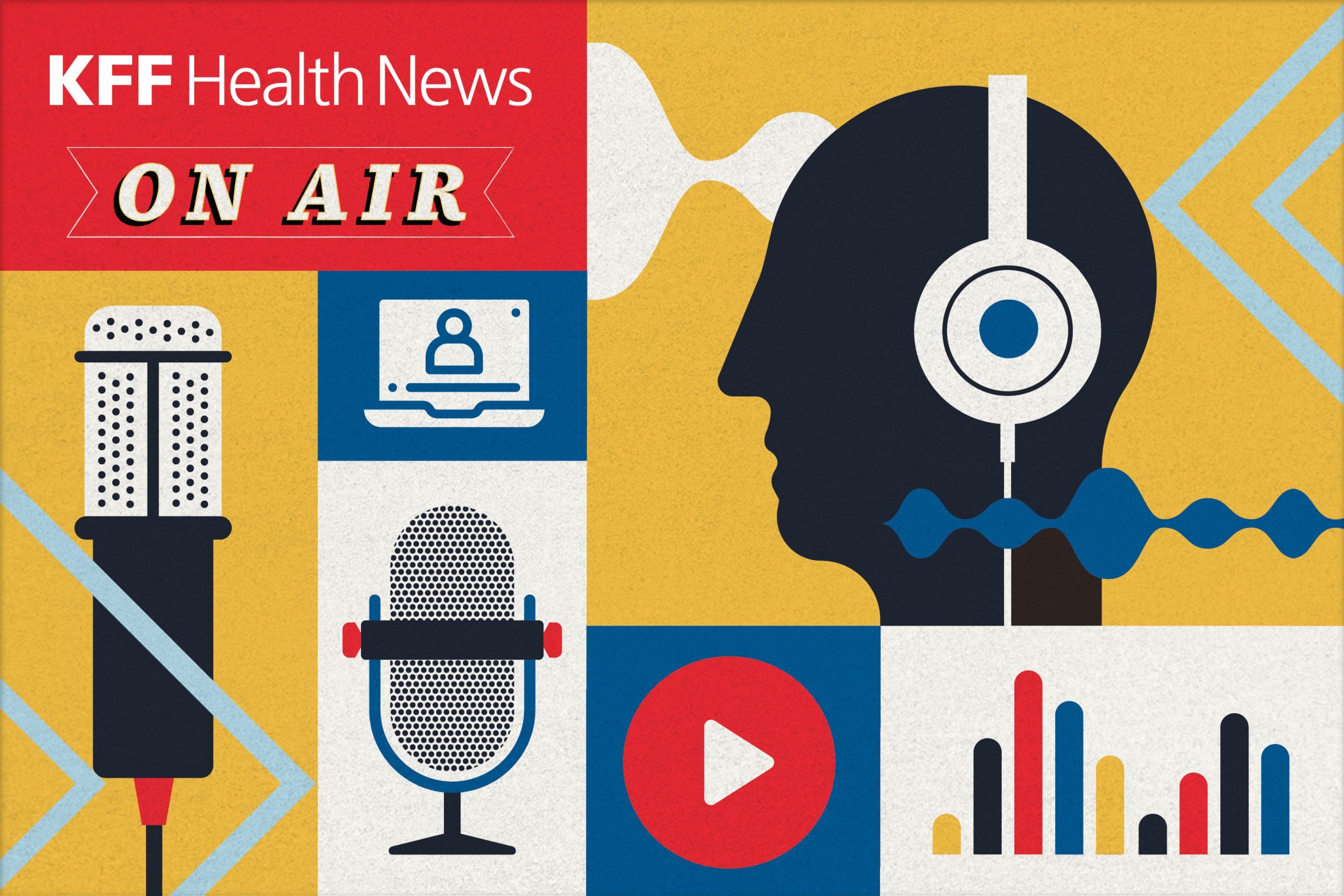
Ever wonder how a sore lower back could lead to a sharp pain in the back of your head? It might seem unrelated, but in reality, your body is deeply connected—especially when it comes to posture.
For women between the ages of 35 and 55 with sedentary lifestyles, spending hours sitting at a desk, behind the wheel, or on the couch can do more than cause backaches. Poor lumbar support often sets off a chain reaction—leading to neck strain, tension headaches, and even sharp pain at the base of the skull.
Let’s explore how this happens and how something as simple as proper lumbar support can relieve and even prevent head and neck discomfort.
🧬 The Posture Chain: Lower Back to Head

Your spine is a kinetic chain—a connected system of joints, muscles, and nerves that work together to hold you upright. When one link in that chain is misaligned, it affects everything above it.
Here’s what happens:
-
Poor lumbar support allows your lower back to round.
-
Your pelvis tilts backward, which causes you to slouch.
-
Your upper back and shoulders round forward.
-
Your neck extends to compensate, pushing your head forward.
-
This creates tension in the neck muscles and occipital region (the base of your skull), often leading to sharp pain or tension headaches.
In short: bad back support → bad neck posture → head pain.
Symptoms of the Chain Reaction

If your seating posture is off, you may experience:
-
Sharp pain in the back of the head or base of the skull
-
Neck stiffness or soreness
-
Upper back tension
-
Tension headaches
-
Fatigue from poor posture
-
Discomfort that worsens after long sitting sessions
These symptoms are especially common in women who spend hours working at a desk, driving, gaming, or caring for others without adequate ergonomic support.
Why Lumbar Support Is the Key to Head Pain Relief

Your lumbar spine (lower back) provides the foundation for your posture. When it's unsupported, your whole upper body compensates.
Proper lumbar support helps to:
-
Maintain the natural S-curve of the spine
-
Align your shoulders and neck properly
-
Prevent slouching, which reduces strain on upper muscles
-
Reduce compression on the cervical spine
-
Promote better circulation, preventing tension buildup
By supporting your lumbar spine, you’re also relieving unnecessary pressure from your neck and head.
How BOD Support Products Help

At BOD Support, we design ergonomic solutions that address the full-body posture chain—starting with your seat.
🪑 Memory Foam Seat Cushion
-
Promotes proper pelvic alignment
-
Distributes body weight evenly to reduce lower back pressure
-
Helps you sit upright naturally, preventing a collapsed posture
🧱 Lumbar Support Pillow
-
Fills the gap between your lower back and chair
-
Supports the lumbar curve to prevent slouching
-
Encourages a healthy upright position without strain
Together, these tools keep your posture aligned from your pelvis to your neck, reducing your risk of tension and head pain.
Bonus: Posture & Stretching Tips
Improve your comfort even further with these simple tips:

🔄 Desk Check
-
Feet flat on the floor
-
Hips and knees at 90 degrees
-
Monitor at eye level
-
Shoulders relaxed, not hunched

🧍 Stretch Breaks Every Hour
-
Gentle neck rolls
-
Shoulder shrugs
-
Chest openers
-
Seated spinal twists
🛏️ Use a supportive pillow when sleeping to keep your neck in alignment overnight.
Final Thoughts: Support Your Spine, Relieve Your Head
If you're experiencing sharp pain in the back of your head, don't overlook your lower back. The pain may start at the base of your skull, but the real root of the problem could be in your seat.
With the right lumbar support and ergonomic tools, you can break the chain of discomfort—relieving neck strain, improving posture, and preventing head pain before it starts.
Disclaimer: This story is auto-aggregated by a computer program and has not been created or edited by healthlydays.
Publisher: Source link











